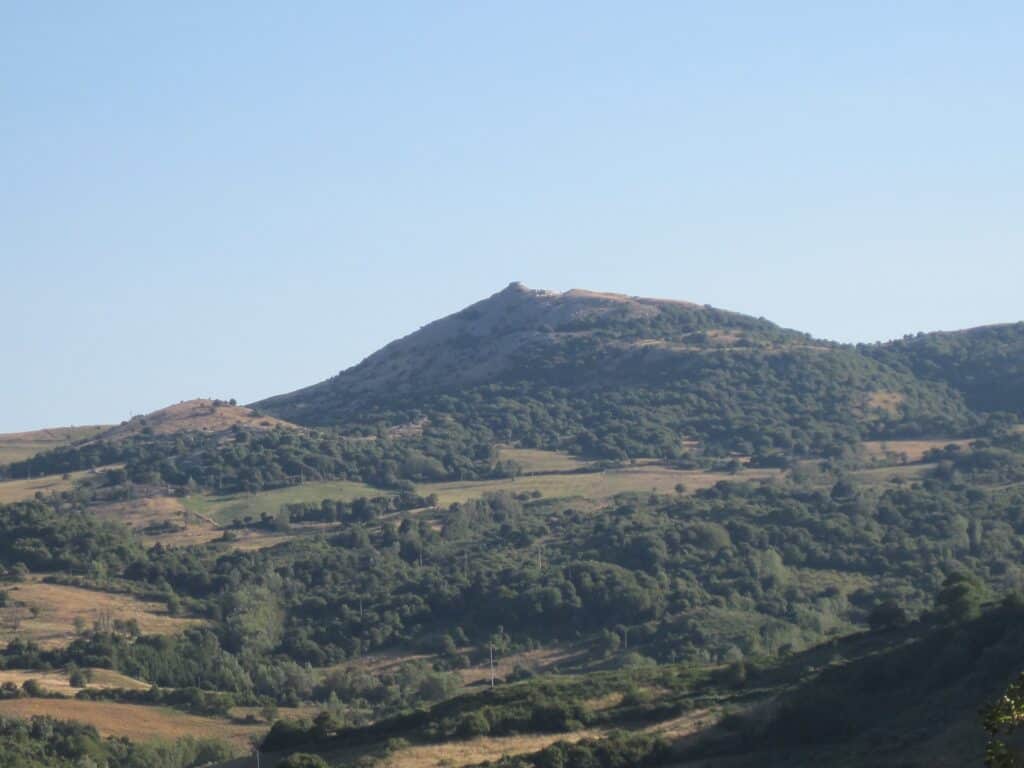The Val d'Orcia and its surroundings
This small area southwest of Siena contains some of the most fascinating Tuscan cities in just a few square kilometers.
In addition to Renaissance masterpieces and jewels of the Tuscan Middle Ages, such as the Abbey of Sant’Antimo, the Val d’Orcia also offers other attractions such as Bagno Vignoni and Montalcino, where the famous Brunello is produced, one of the most celebrated wines in the world
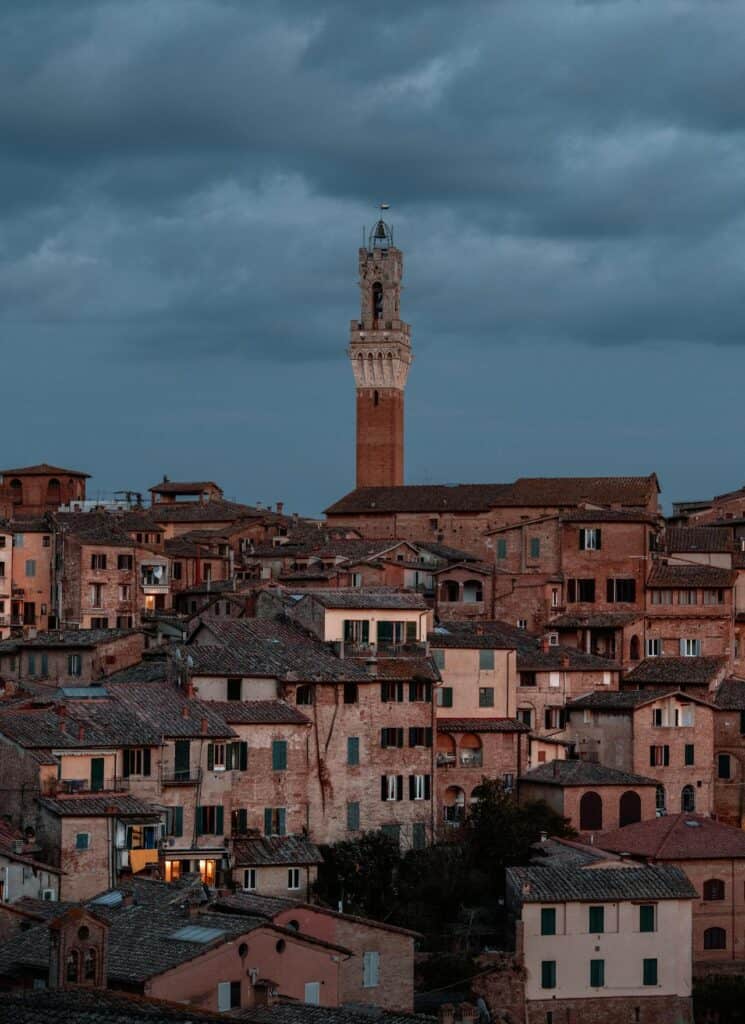
Siena
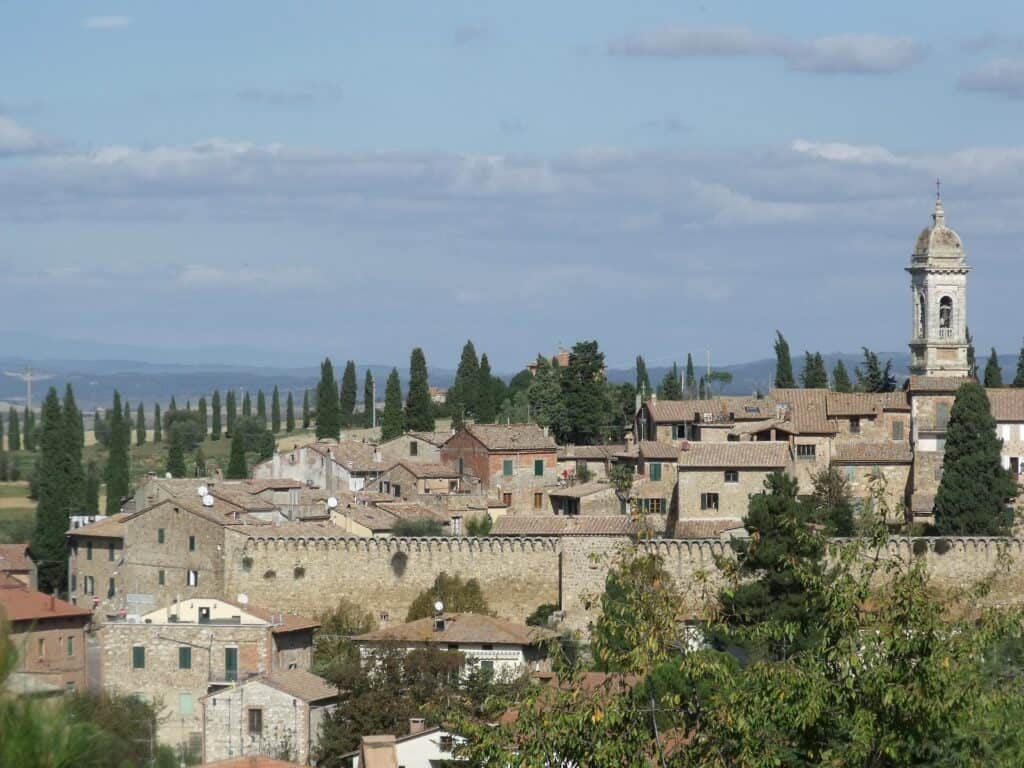
San Quirico d'Orcia
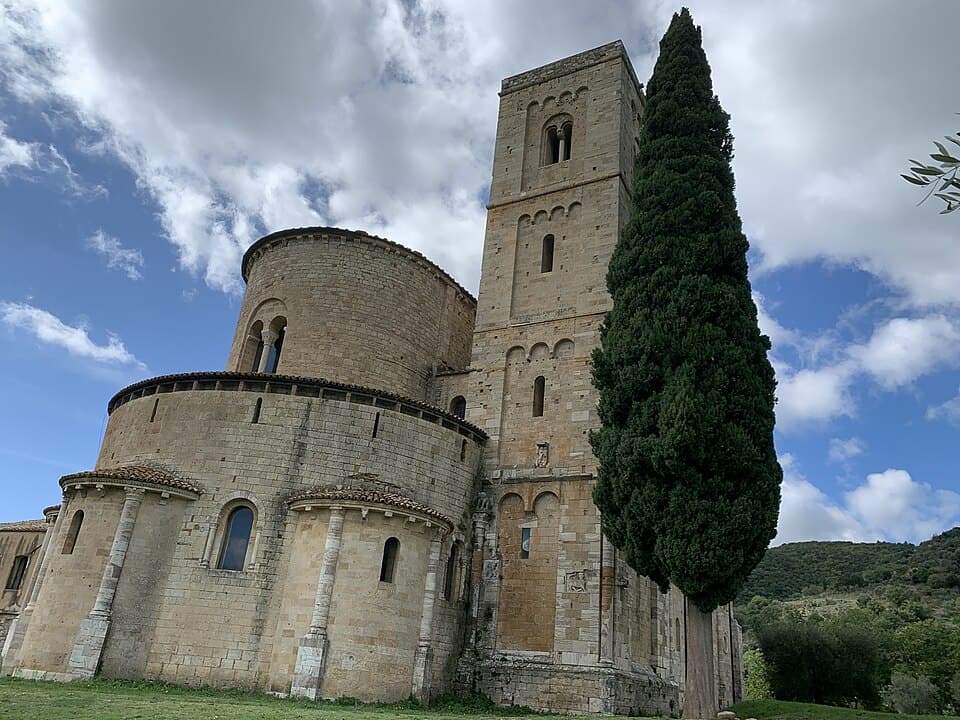
Sant'Antimo
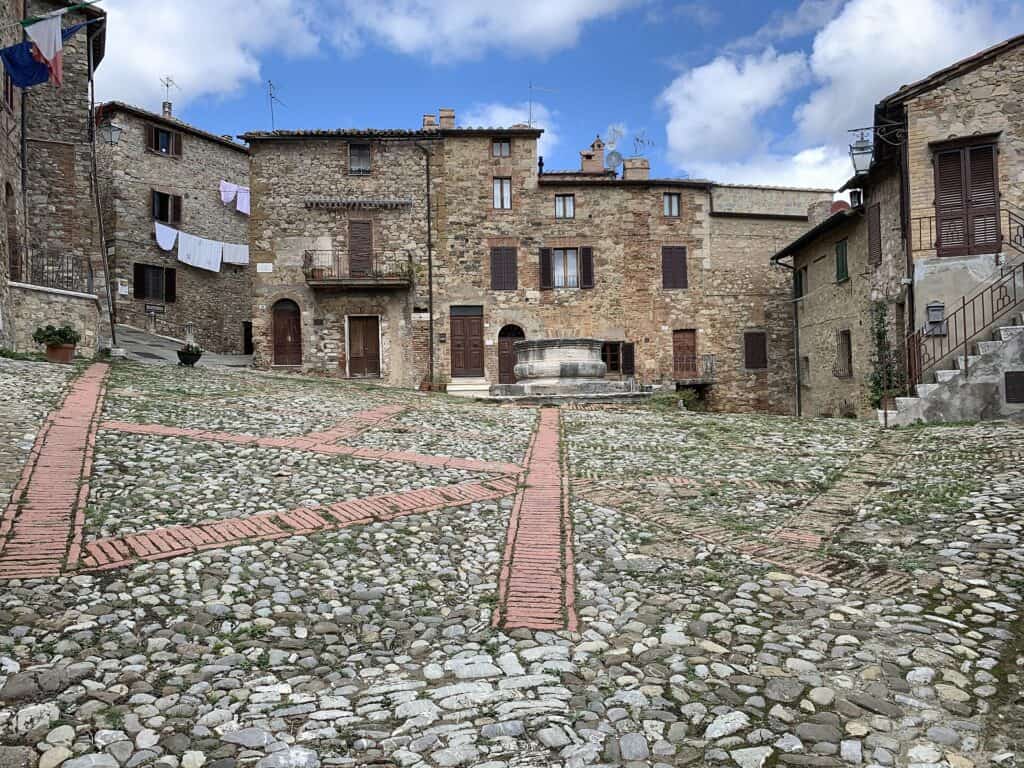
Castiglione d'Orcia
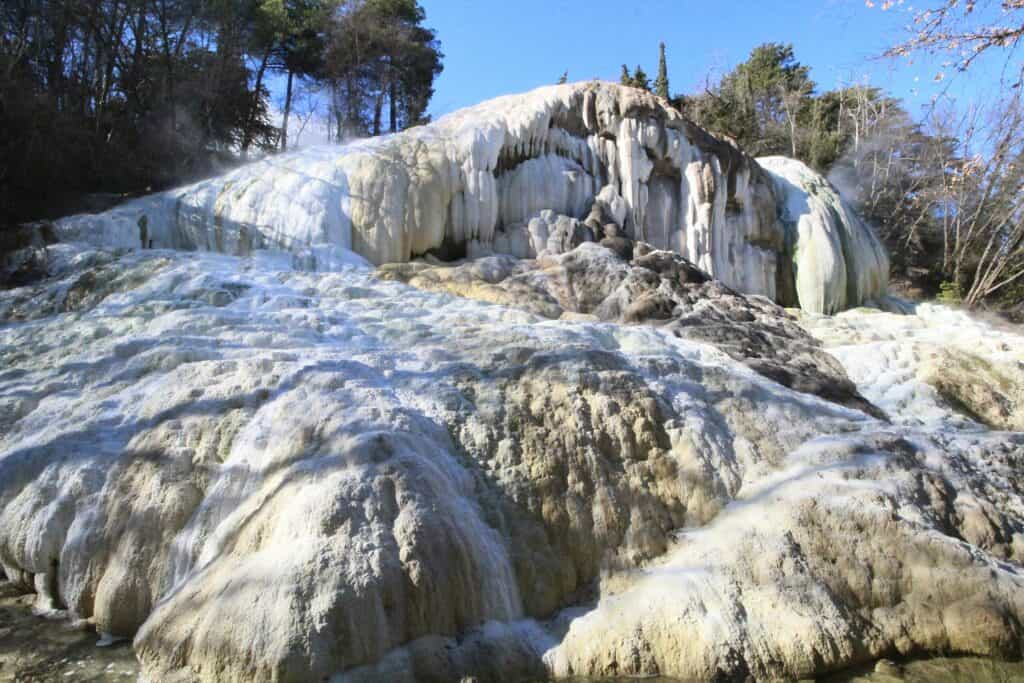
Bagni San Filippo
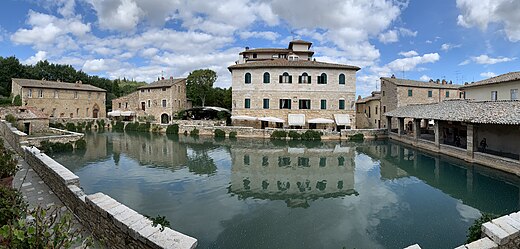
Bagno Vignoni
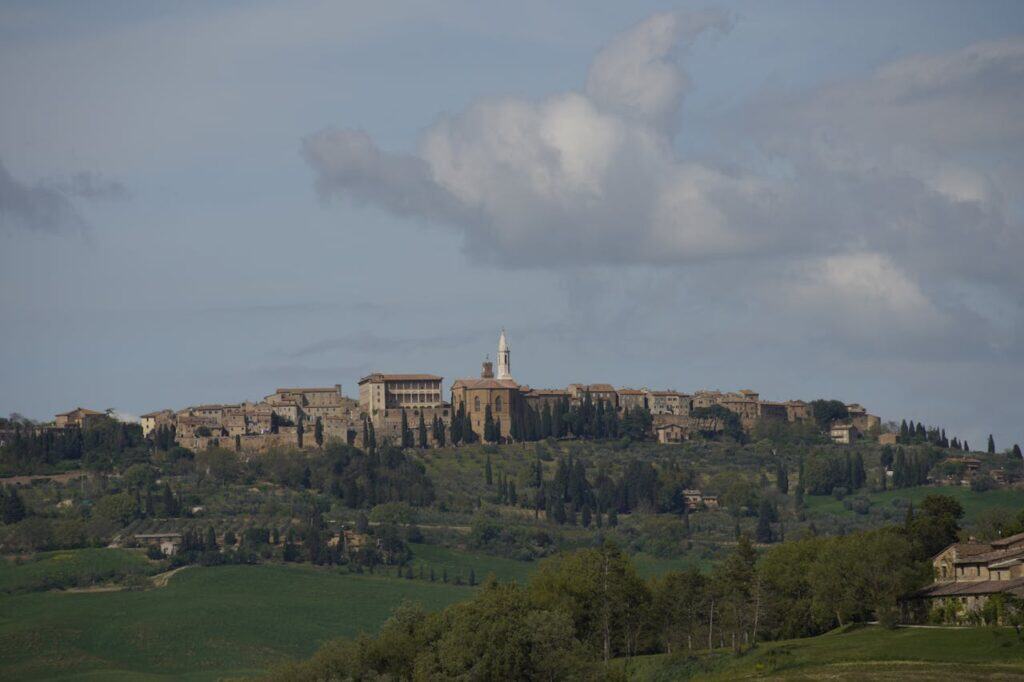
Pienza
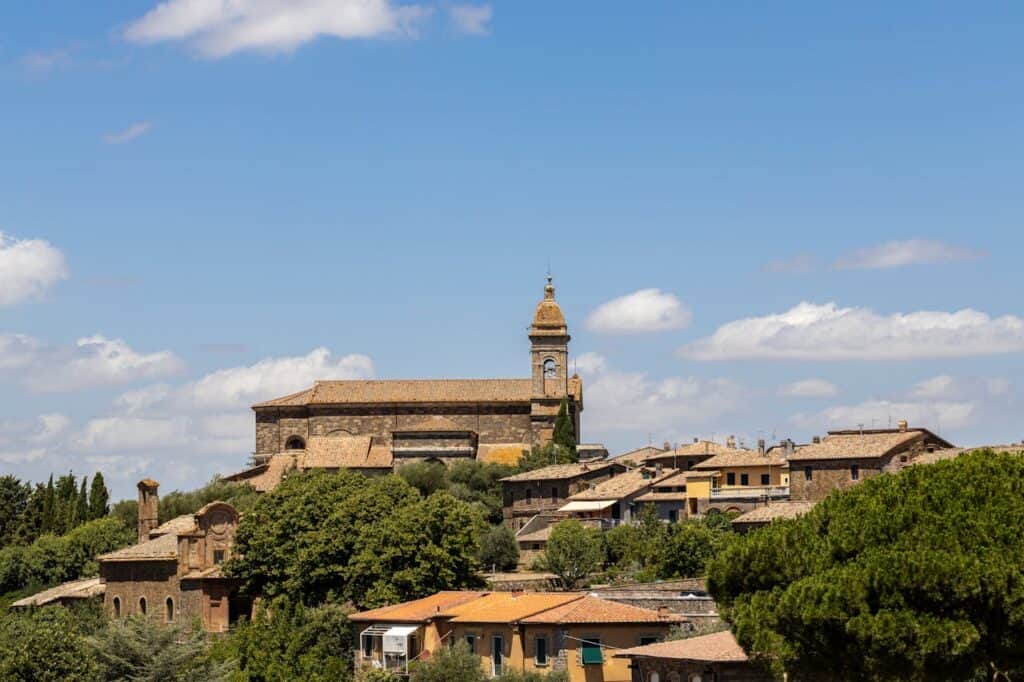
Montalcino
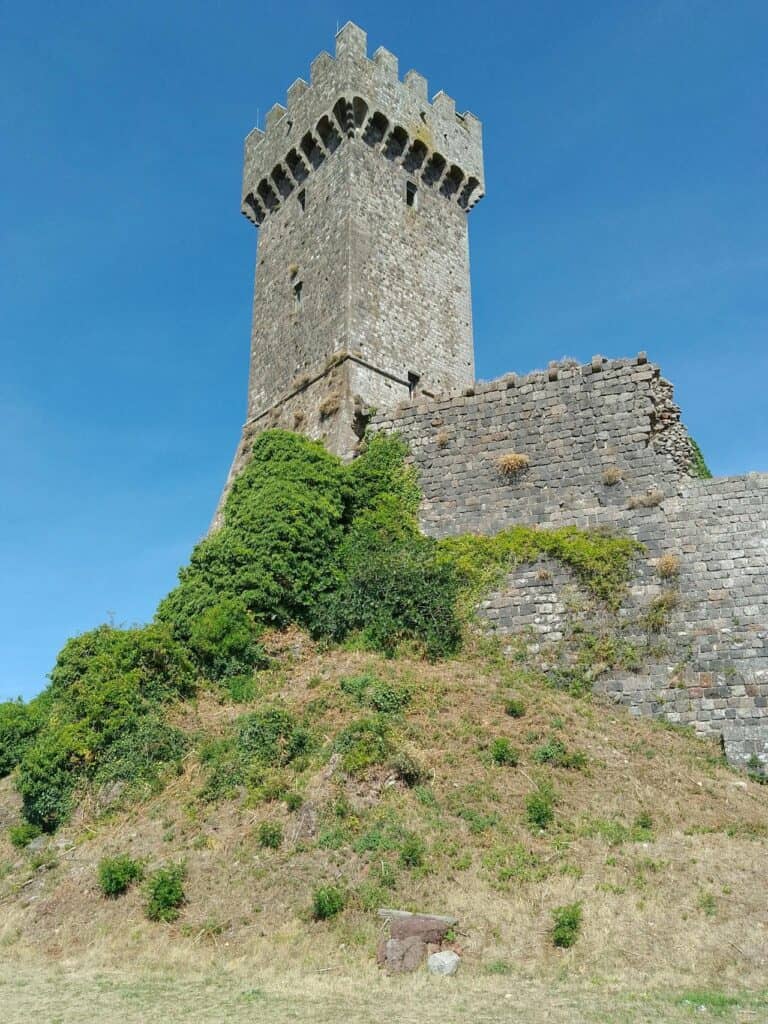
Radicofani
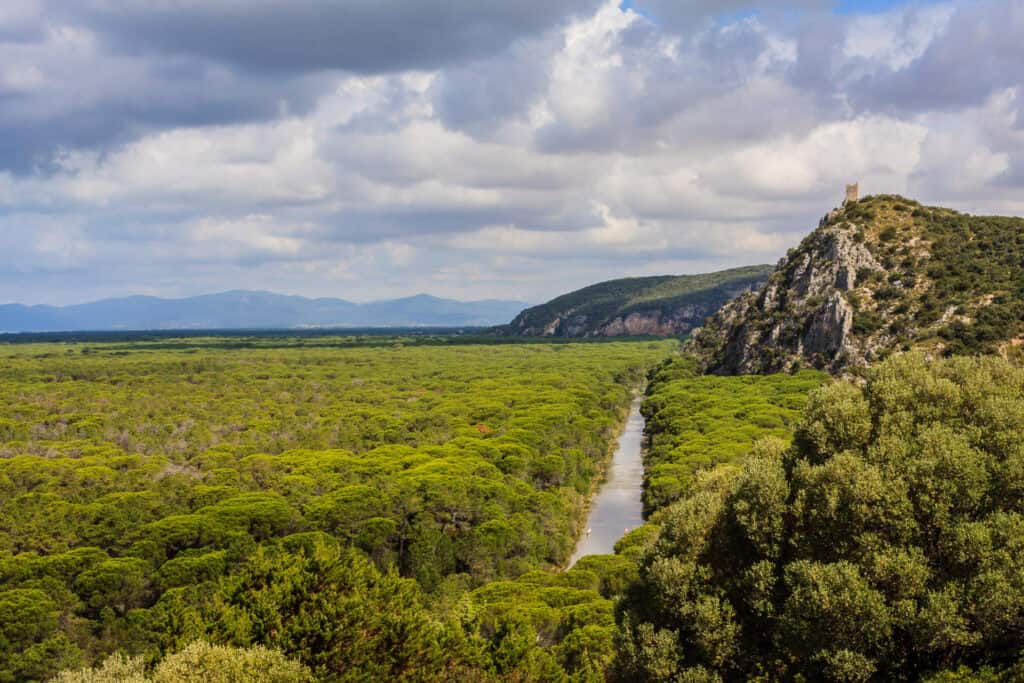
Uccellina Park
The Uccellina Park, despite being an area characterized by thick vegetation, is full of historical-artistic testimonies of great importance, very heterogeneous, dating back to various eras and the result of different realities and needs. The territory of the Park is today divided between the Municipalities of Grosseto, Magliano in Toscana and Orbetello.

Monte Amiata wildlife park
The Monte Amiata wildlife park is located in the Province of Grosseto, in the municipality of Arcidosso, within one of the most beautiful and important natural areas in Tuscany. The territory on which the park extends is dotted with wildlife observation areas and nature trails, which can be explored by tourists alone or accompanied by expert guides.
